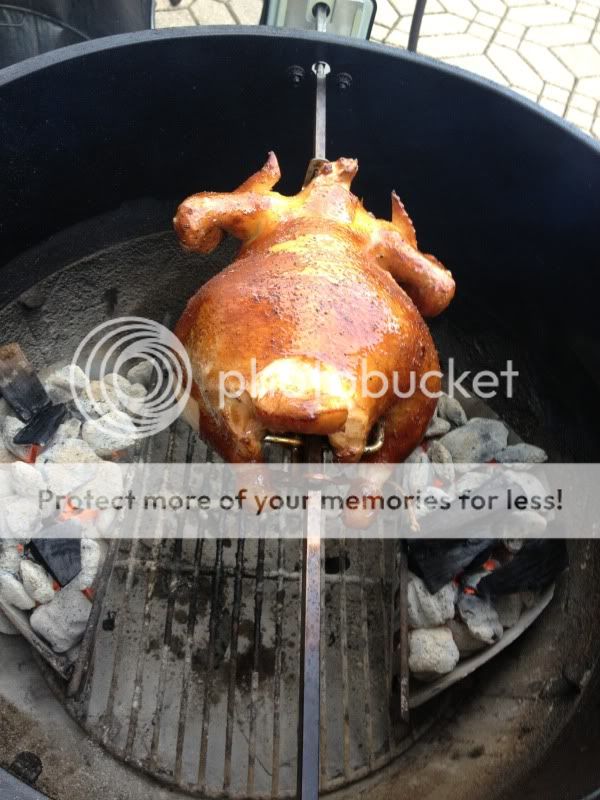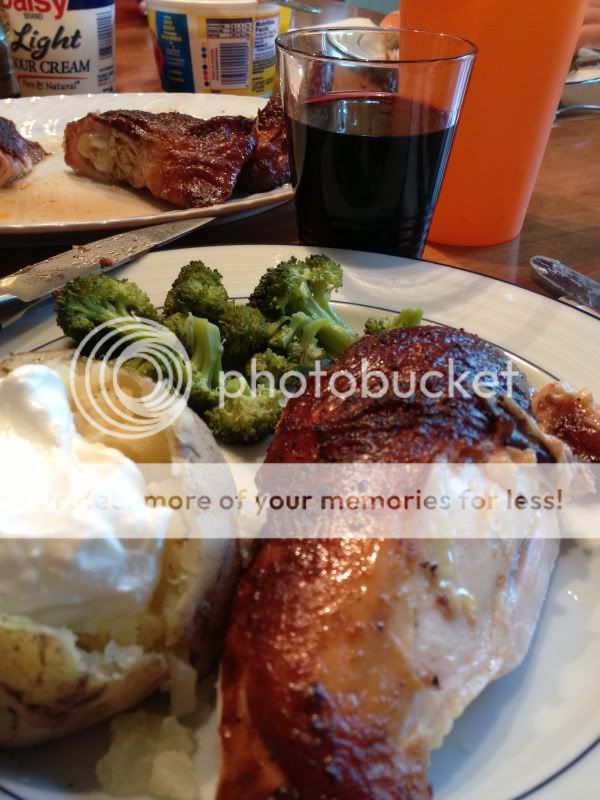Bludawg
somebody shut me the fark up.
- Joined
- Jul 4, 2009
- Location
- Jonesbor...
I'm with Bubba on this. I have a Rule with two things That I like Hot & Juicy but If I see Blood I aint eatin'... and one of 'ems poultry:roll:
Thanks for the detailed info, very interesting article!
Cooking for myself is one thing but trying to serve "pink" chicken with that texture to others has (in my experience) been notoriously unsuccessful as they do not perceive it as "done". Right or wrong they want what they want and I make no effort to force my preferences on others. Much like rare steak it's not a taste shared by everyone subsequently I cook it they way they want it and keep my opinions to myself, nothing to be gained by disparaging a guest/customer. Nice to have a greater understanding of the science for those open to the experience however.
I think it is the texture of a used breast implant that turns people off.
Would you cook Chicken over your Ribs?? I have had Food Poisoning exactly 3 times in my life. All three times revolved around questionably cooked chicken. Call me a Prud, a through back or a Closed Minded Yankees SOB if you want but I aint going down that road again. I hope you never have to experience that.. EVER, if you do it will change your mind about cooking until it is 165+ I guarantee it!!



When it comes to chicken I just don't want to mess around. I get a few chefs here and there who want to sous vid but when it comes to my food safety class its 165. When it comes to health Dept restaurant inspections 165 is the only number sous vid or not. Also I believe all bbq associations require chicken cooked until 165 and held at 140.
When it comes to chicken I just don't want to mess around. I get a few chefs here and there who want to sous vid but when it comes to my food safety class its 165. When it comes to health Dept restaurant inspections 165 is the only number sous vid or not. Also I believe all bbq associations require chicken cooked until 165 and held at 140.
